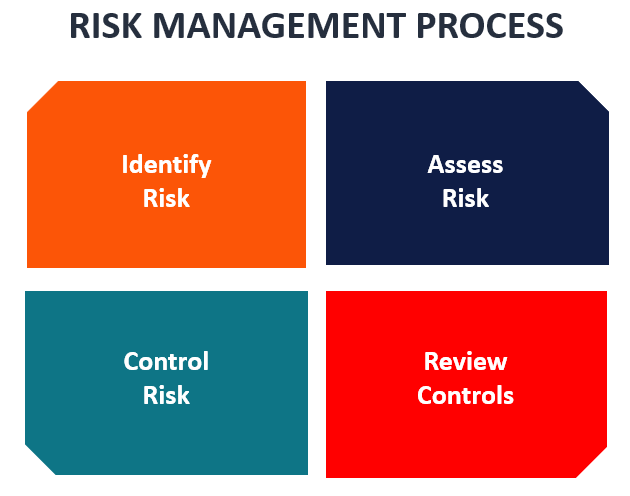The Crucial Importance of Risk Management in Protecting Business Assets
The Crucial Importance of Risk Management in Protecting Business Assets
Blog Article
The Significance of Comprehending the Importance of Risk Management in Different Industries
:max_bytes(150000):strip_icc()/operational_risk.asp-Final-4be32b4ee5c74958b22dfddd7262966f.png)
The Core Concept of Risk Management and Its Objective
Risk Management, the foundation of many sectors, depends upon the identification, assessment, and reduction of uncertainties in a business atmosphere. It is an important practice that enables companies to secure their possessions, credibility, and general survival. By properly recognizing potential risks, organizations can create techniques to either avoid these risks from happening or minimize their influence. The evaluation procedure entails analyzing the probability and potential severity of these threats. As soon as threats have been identified and evaluated, the mitigation process entails creating methods to lower their potential effect. This process is cyclical and continuous, making certain that businesses are planned for the ever-changing nature of Risk in various sectors. The main objective, hence, is to foster resilience among uncertainties.
Advantages of Carrying Out Risk Management in Business Operations

Revealing the Duty of Risk Management in Different Industries
While every sector challenges its special set of risks, the implementation of Risk Management techniques remains a common in their quest of sustainability and growth. In the health care field, Risk Management requires making sure person safety her comment is here and security and information security, while in finance, it involves mitigating financial investment threats and making sure regulative compliance. Eventually, the duty of Risk Management throughout markets is to recognize, examine, and alleviate threats.
Real-life Study Showing Successful Risk Management
To understand the value of Risk Management in these numerous sectors, one can look to a number of real-life circumstances that highlight the successful application of these actions. Toyota, publish the 2011 quake in Japan, changed its supply chain Management to reduce disturbance threats. These cases demonstrate just how sectors, discovering from dilemmas, effectively applied Risk Management techniques to lower future risks.
Future Patterns and Growths in Risk Management Techniques
As the globe proceeds to evolve, so as well do the trends and advancements in Risk Management methods. Rapid improvements view publisher site in modern technology and information analytics are reshaping the Risk landscape. Huge data and AI are now crucial in forecasting and minimizing risks. Organizations are leveraging these tools to construct predictive models and make data-driven decisions. Cybersecurity, once a peripheral worry, has actually catapulted to the leading edge of Risk Management, with techniques focusing on avoidance, action, and detection. The combination of ESG (Environmental, Social, Administration) factors into Risk Management is one more growing pattern, mirroring the enhancing recognition of the duty that social and ecological risks play in business sustainability. Hence, the future of Risk Management depends on the fusion of advanced modern technology, cutting-edge approaches, and an alternative strategy.
Verdict
In final thought, comprehending the importance of Risk Management across a range of markets is essential for their long life and success. Inevitably, effective Risk Management adds to extra sustainable and durable organizations, highlighting the importance of this technique in today's very affordable and dynamic company environment.
While every sector challenges its distinct set of threats, the execution of Risk Management techniques stays a common denominator in their quest of sustainability and growth. In the health care industry, Risk Management entails making sure person safety and data useful content protection, while in money, it entails mitigating financial investment threats and making sure regulative conformity. Eventually, the function of Risk Management across sectors is to determine, evaluate, and mitigate risks. These instances demonstrate exactly how industries, finding out from dilemmas, efficiently applied Risk Management strategies to minimize future dangers.

Report this page